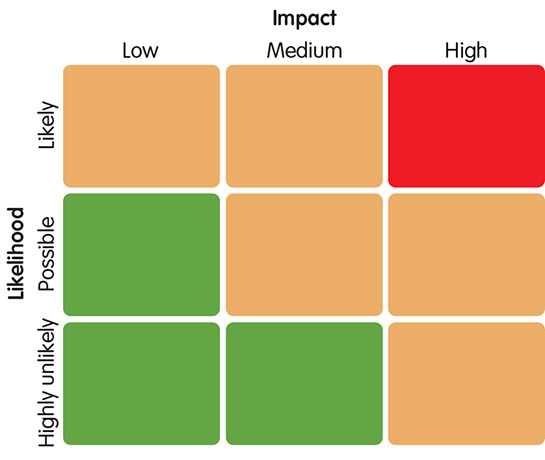What threats may challenge the system’s ability to persist in its current or desired state?
These may be biotic (e.g. pests), abiotic (e.g. drought), or social/economic/political (e.g. built development pressure) threats, shocks and stresses, as shown in the table below. Some threats may be commonplace and manageable, while others may represent an unacceptable challenge to your system. Some may be negatively impacting your system already, whereas others may not yet be present. Threats can also interact (e.g. climate change and disease) leading to further disturbance.
Example systems and threats for Step 2
| Main category of threats | Publicly managed multi-functional forest | Restoration site (plantation on ancient woodland site) managed by conservation organisation |
| Biotic (biological) |
|
|
| Abiotic (physical/chemical) |
|
|
| Social / economic / political |
|
|
Note: see more examples on the Research Implementation Framework – template
Hints and tips for Step 2
- On the first attempt, treat this step as a brainstorming exercise. Evaluation of actions, prioritisation and synergies etc. can take place later.
- You may want to add further columns to the example table above to include:
- (i) What is the likely frequency of the threat within the timescale of interest, and does the severity increase and decrease in ‘pulses’ or is it more prolonged and ongoing?
- (ii) Are there synergistic effects in which one threat acts to increase the impact of another (e.g. the potentially increased susceptibility of stressed trees to secondary pests/diseases)?
- After threat identification, you may want to use a matrix to order by impact and likelihood. The focus should be on high/medium risk threats in the red and amber sections in the diagram below. The categories can be expanded to fit your circumstances.
- Look back at the system identified in Step 1. Do the threats match the defined system?

